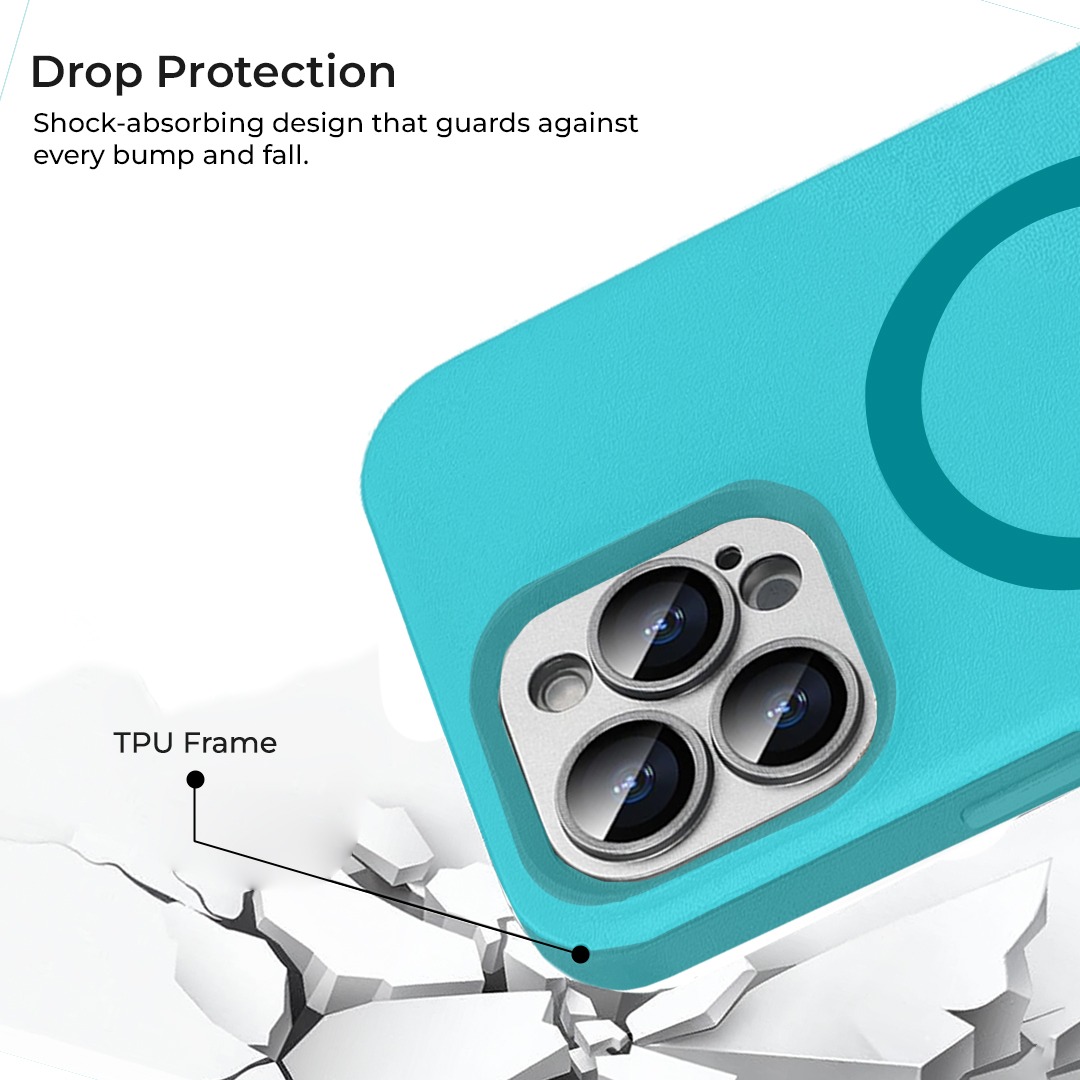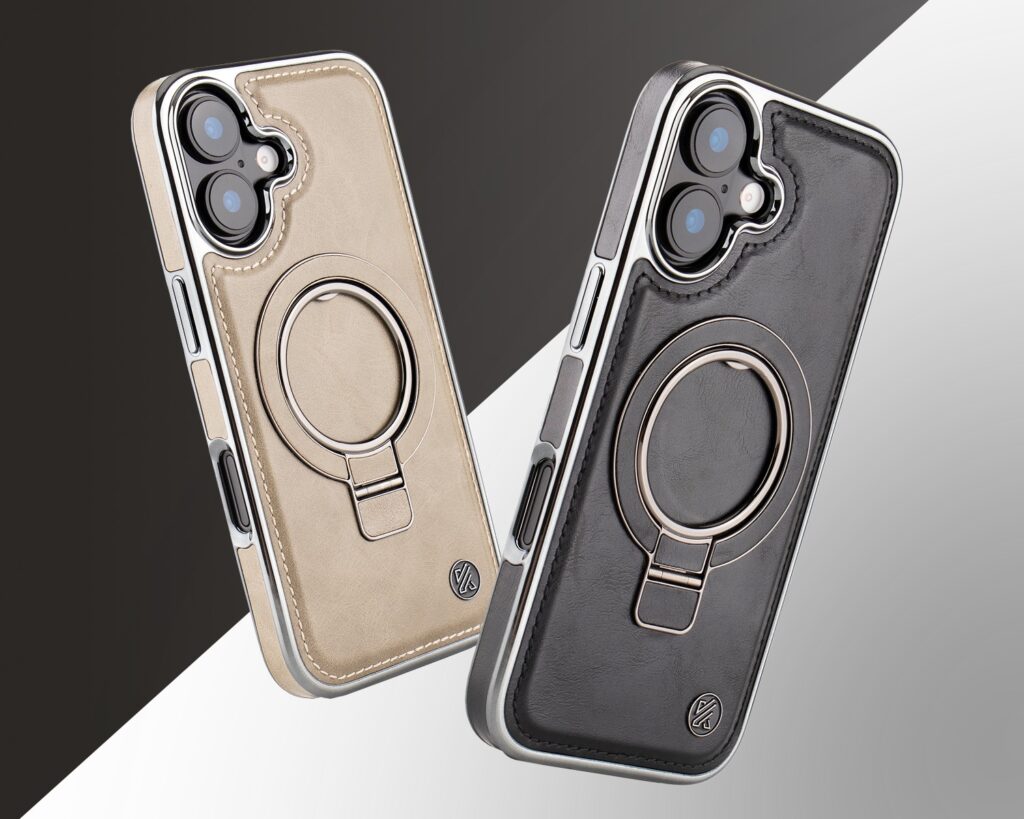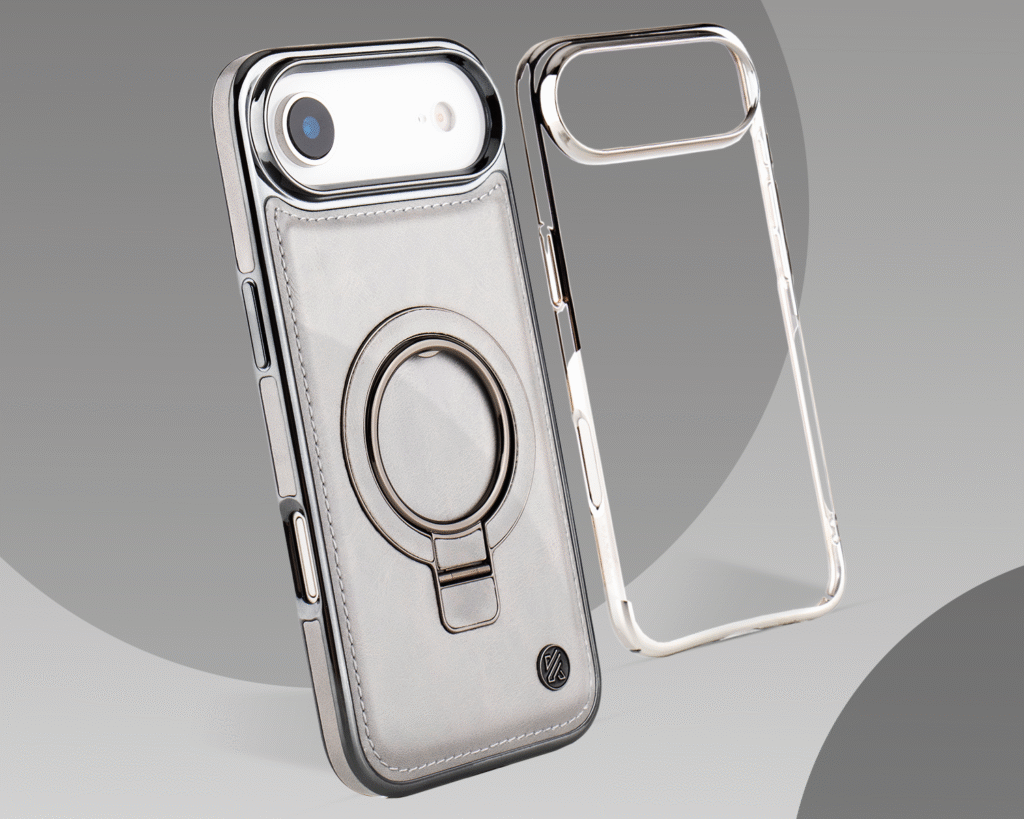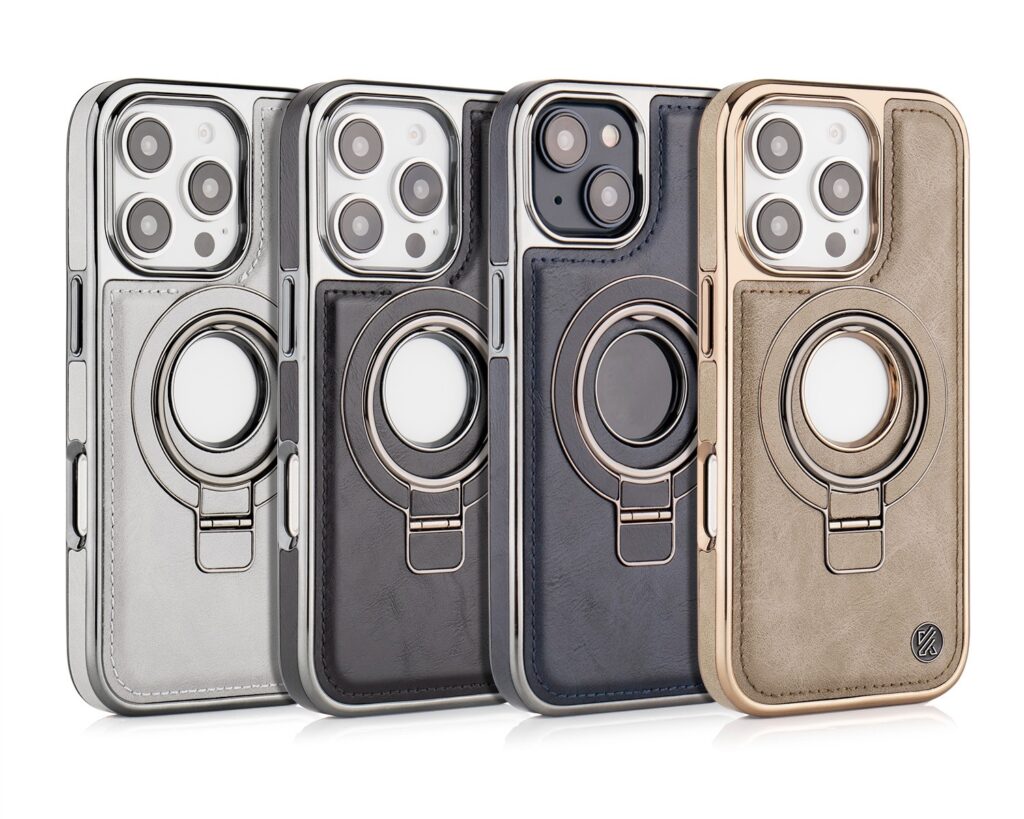With flagship phone repair costs in India easily soaring past ₹25,000, a genuinely protective case has shifted from a simple accessory to an essential investment. However, the market is a minefield of confusing terms like “shock-proof,” “military-grade,” and “impact-resistant,” making it nearly impossible to know what truly protects your device. This guide is designed to cut through that marketing noise. We will break down the science behind phone protection, clarify what certifications actually mean, and show you exactly how to identify a case that will genuinely safeguard your investment.
The Science of Protection: It’s All About Layers
Why It Matters: A single, thin layer of silicone or simple hard plastic isn’t enough to handle a serious fall. True, reliable protection is achieved by combining different materials, where each layer performs a specific, crucial job to keep your phone safe.
Shock Absorption (TPU – Thermoplastic Polyurethane)
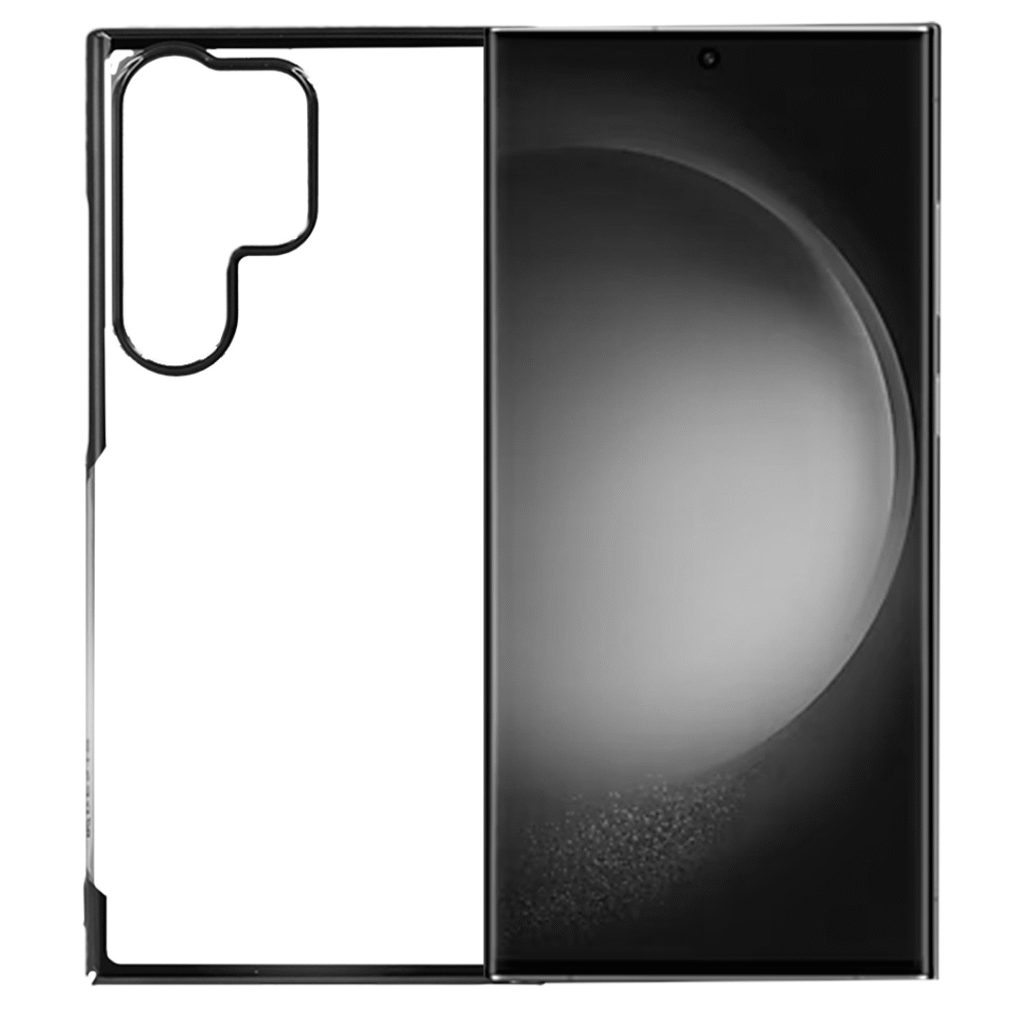
- What it is: A durable, flexible material that feels similar to rubber.
- What it does: The primary job of the inner TPU layer is to absorb and dissipate the initial shockwave from an impact. Think of it as the crumple zone in a car; it deforms slightly to absorb the force, preventing that energy from transferring to the delicate internals of your phone.
Impact Resistance (PC – Polycarbonate)
- What it is: A rigid, tough, and shatter-resistant thermoplastic.
- What it does: The hard PC outer shell acts as the armor for your device. Its main purpose is to resist direct, hard impacts and prevent punctures from sharp objects or rough surfaces like concrete and pavement. It takes the hit so your phone doesn’t have to.
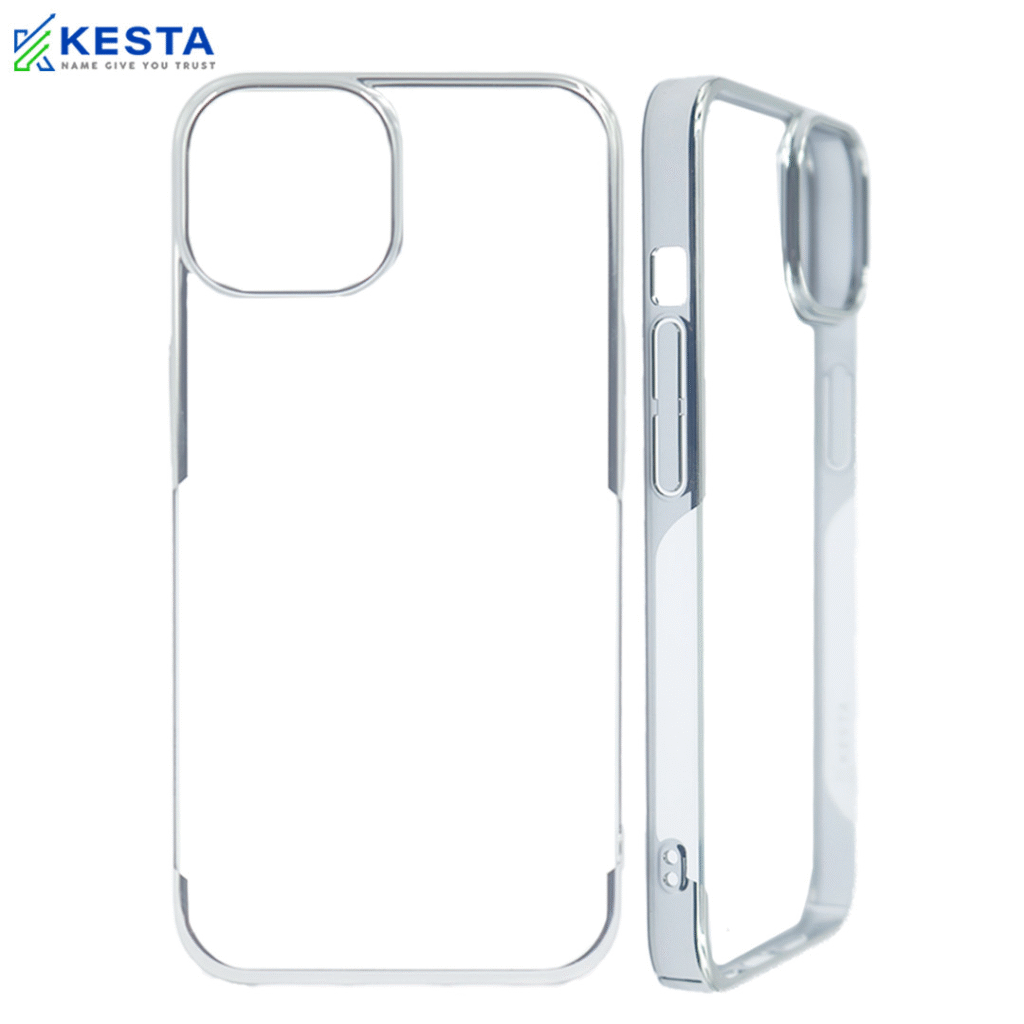
What Protection Terms Really Mean
Why It Matters: Understanding the engineering terms used in case descriptions allows you to judge a product’s quality and effectiveness far beyond its surface-level appearance.
What is “Military Grade” (MIL-STD-810G) Protection?
This term refers to a set of durability standards created by the US military. While it covers various environmental tests, for phone cases, it specifically refers to drop testing. A case that is MIL-STD-810G certified means a phone inside it has been repeatedly dropped from a specified height (typically 4 to 8 feet) onto a hard surface, like concrete, and has emerged fully functional. It is the closest thing our industry has to a standardized, trustworthy protection rating.
Why “Raised Bezels” Are Your Screen’s Best Friend
This simple design feature is arguably the unsung hero of screen protection. A raised bezel is a small lip of material that extends just past the screen and camera lenses. This ensures that if your phone falls face-down on a flat surface, the glass itself never makes direct contact with the ground. That tiny gap is often the only thing standing between you and a scratched or shattered screen.
The Physics of “Air Cushion” Corners
Physics tells us that when a phone is dropped, it most often lands on one of its corners, concentrating the entire force of the impact onto a single, tiny point. “Air Cushion” technology places a small, hollow pocket of air inside each reinforced corner of the case. These pockets act like tiny airbags; upon impact, they compress to absorb the concentrated force, dissipating it safely and protecting your phone’s most vulnerable areas.
Comparison Table: Protective Materials at a Glance
| Material | Drop Protection | Grip Level | Bulkiness | Best For |
| Dual-Layer (TPU+PC) | Excellent | Good | Medium-High | Maximum all-around safety |
| TPU (Standalone) | Good | Excellent | Low-Medium | Daily use with good grip |
| Polycarbonate (PC) | Fair | Poor (Slippery) | Low | Scratch resistance, not drops |
| Silicone | Fair | Good | Low | Basic protection, dust magnet |
Conclusion: The Verdict on the Most Protective Case
The most protective phone case available in 2025 isn’t defined by a single feature or a bold marketing claim. Instead, it is the result of a deliberate engineering philosophy that combines three critical elements: a dual-layer construction (a soft TPU core for shock absorption and a hard PC shell for impact resistance), a verified MIL-STD-810G drop-test certification, and thoughtful design features like raised screen bezels and air-cushioned corners.
Don’t gamble with a device that costs tens of thousands of rupees. Investing in a case built with these core principles is the smartest, most reliable way to ensure your phone survives the inevitable drops and tumbles of everyday life.
Frequently Asked Questions (FAQ)
Q1: Do protective cases cause phones to overheat?
Thick, poorly designed cases can trap heat. However, most leading protective brands now engineer their cases with thermal considerations in mind, often incorporating subtle ventilation channels or using materials that don’t significantly impact temperature during normal use, even here in the Maharashtra heat.
Q2: Are expensive protective cases worth the money?
In most cases, yes. With premium brands, you’re paying for extensive research and development, higher-quality raw materials, precision engineering for a perfect fit, and, most importantly, verified third-party drop-test certifications. Cheaper cases often skip these critical steps.
Q3: Will a protective case make my phone too bulky?
While a protective case will always be bulkier than a slim decorative one, modern designs are far more streamlined than they were years ago. Many brands now specialize in “slim rugged” profiles that provide significant, certified protection without adding excessive weight or size.
Q4: If I have a good case with raised bezels, do I still need a screen protector?
Yes, we highly recommend it. A case’s raised bezels are excellent for protecting your screen from drops on flat surfaces. However, they can’t protect against direct impact from pointed or sharp objects, like keys in your pocket or a stray piece of gravel on the ground. A high-quality tempered glass screen protector works together with your case to provide complete, 360-degree protection.
Q5: Will my transparent protective case turn yellow over time?
That’s a common worry based on older materials. While cheap, low-grade cases can still yellow from UV exposure, modern high-quality options use advanced anti-yellowing polymers to maintain clarity. For instance, our range of crystal clear transparent cases is treated to resist discoloration. This ensures that whether you choose a new case for your iPhone 16 or a crystal clear transparent case for the Samsung S24 Ultra, your phone’s original design remains visible for a long time.

